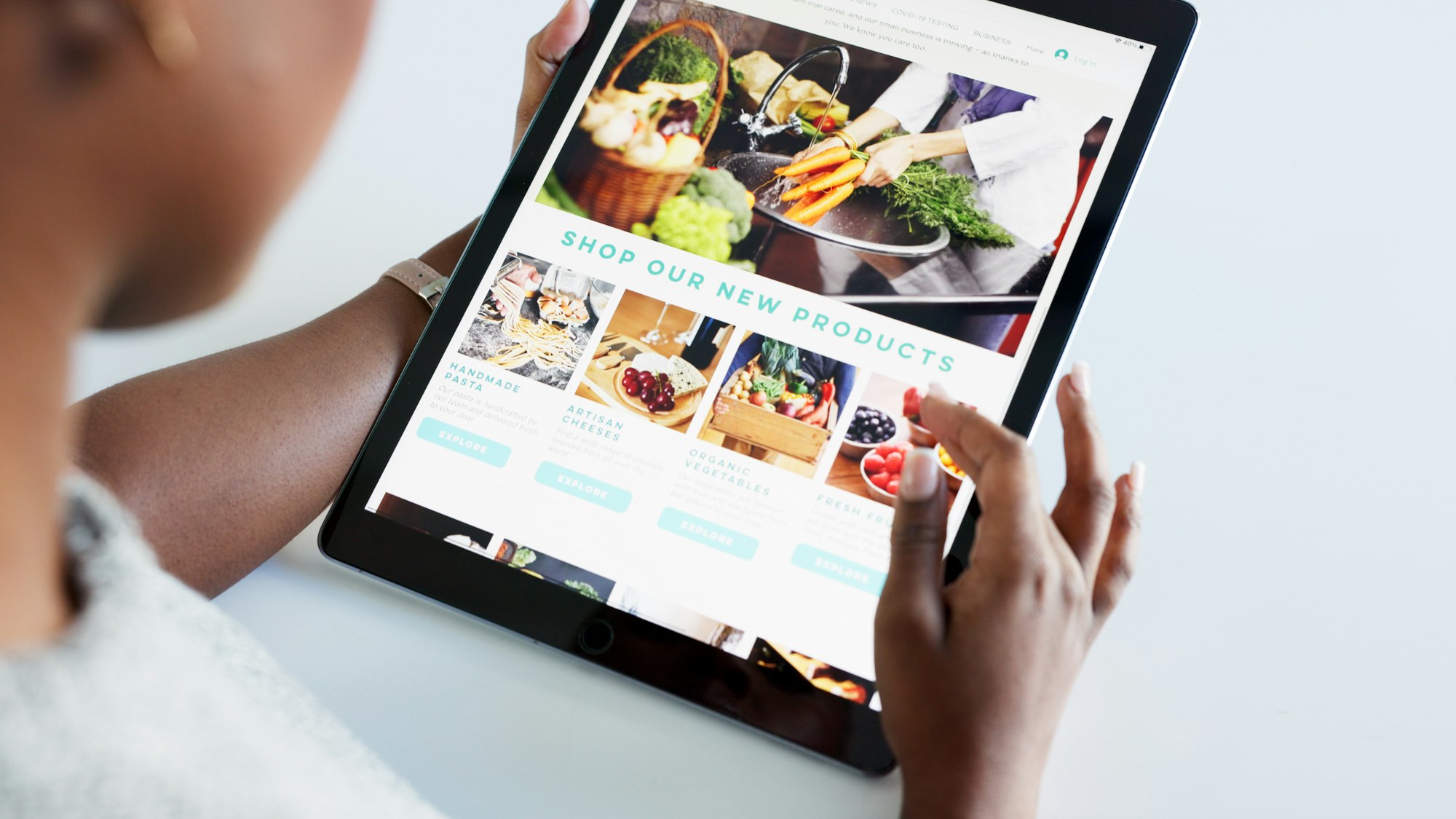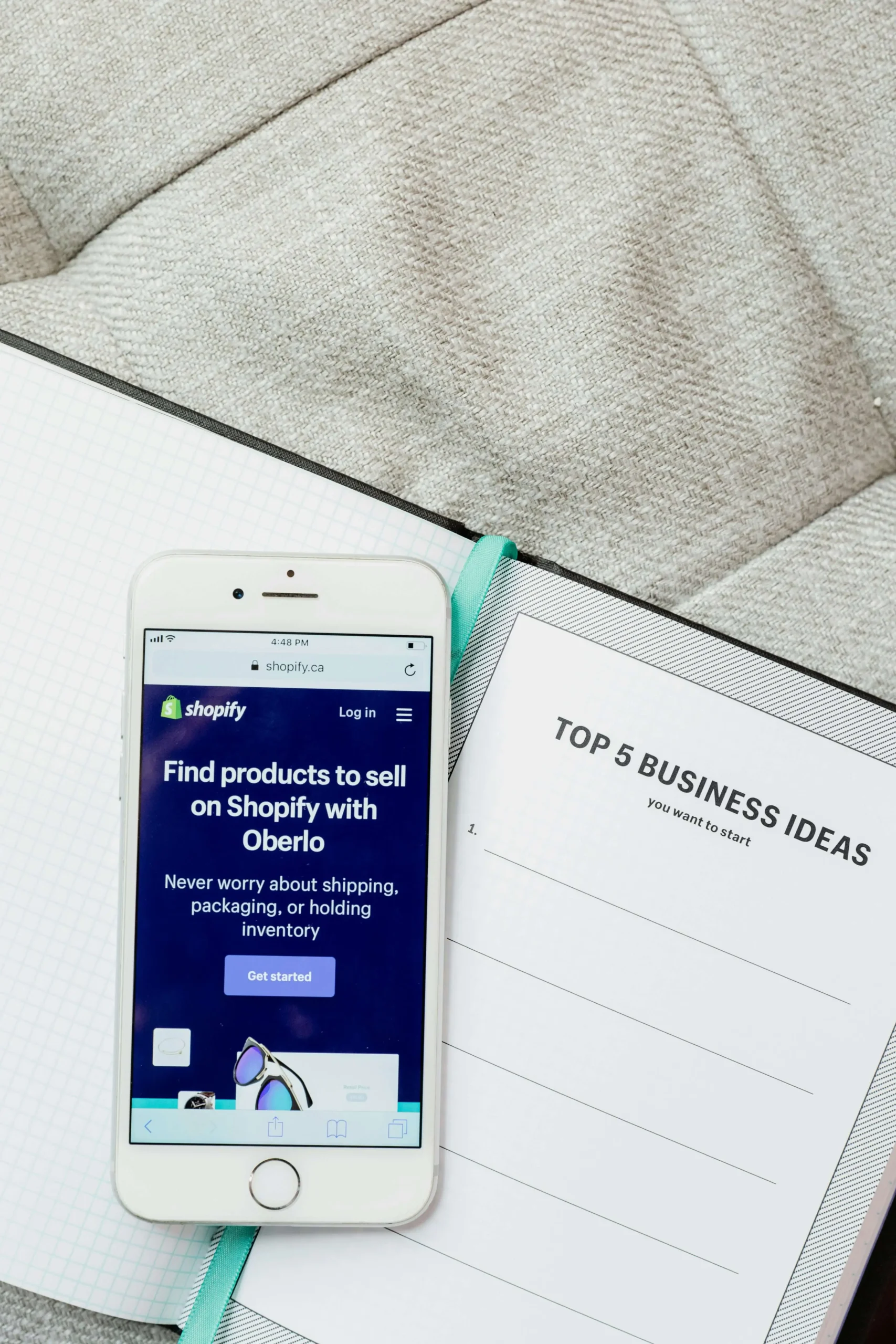
Estimated reading time: 8 minutes
Today we are going to discuss 7 Essential Pages Your Website Should Contain and some great examples.
While every website will naturally be very different, they all have one thing in common: any website that is not a one-pager should have these seven pages. They will help boost brand awareness, tell your story, and provide all the information visitors need to convert.
Related Links
Let’s look at each of them and give you seven great examples to learn from:
Conversion-Oriented Homepage
The first and perhaps most obvious page your website should contain is the homepage. This, in fact, is the only page every single website on the planet has.
Since this is most likely the first page leads will come across, it’s important to make it the best it can be. Here are some key homepage design practices:
- Ensure it’s on-brand: use your brand’s colors and tone of voice.
- Provide plenty of white space: this will draw attention to the important elements of the page.
- Stick to top-level information: don’t overwhelm your visitors, but provide enough information to make them want to learn more.
- Speak to a specific target audience: address their pain points and the benefits your solutions provide.
- Add a relevant call to action.
Let’s look at a great example of a homepage. Lanteria ticks all the boxes with their design, copy, and messaging. They:
- Use plenty of white space and rely on their brand’s orange for a pop of color where needed.
- Provide two relevant CTAs in their header.
- Show customer testimonials.
- Keep product information short and sweet.
- Provide just enough animation to keep the page engaging.

Source: lanteria.com
Detailed Product Pages
If you are an eCommerce brand, you will also need to create a product page for every item you sell.
There are several elements every good product page needs to have:
- Product Name: make it as clear as possible. Even if you have branded and unique product names, include words that your customers are likely to use when looking for this item.
- Product Price: should be displayed in the largest font on the page.
- Product Description: you want to find the right balance between keeping it short and providing all the relevant details. Formatting it cleverly can help – use bullet points or dropdown menus to make the information easier to digest.
- Product Images: of the highest possible quality you can produce. Make sure to shoot every item from various angles and to show it in use, too.
- Product Reviews: left by your previous customers. They’re a great way to boost conversion rates and add relevant social proof to every page.
- Recommended Products: so that your customers can keep browsing.
Check out how Digestive Warrior has done a good job. They tick all the above boxes, plus they also have a vibrant “add to cart” CTA.
They’ve also chosen their images well. Since it matters very little what the product container looks like, they have included images detailing its ingredients and benefits.

Source: digestivewarrior.com
Informative Service Page
If you are a service-based business, you will need to create a page for every service you offer. Alternatively, you can also list several services on one page, if they are connected and only available as a package deal.
The key to a good service page is to provide enough detail for a lead to want to get in touch, without going overboard.
Put yourself in their shoes. What problem are they trying to solve? How can you help? What makes your service different from others? What kinds of results can they expect?
Provide all the most important top-level information you can. It can be difficult to provide specific information, though – especially if you tailor your service to each client. If this is the case, make sure to spell it out clearly.
Of course, all the usual design best practices apply here as well.
Here’s a neat service page you can check out. Do Good Things explains the benefits of using their copywriting service, as opposed to going into great detail about how they provide the service.
They give you ample reason to work with them, as well as describe situations in which they will be able to help you.
Interesting Blog Posts
A quality website will rely on content marketing to reach its target audience. To that end, it will publish plenty of relevant, high-quality, interesting blog posts.
Invest time and effort into choosing topics that are most likely to resonate with your customer base. What would they like to learn about? And more importantly, how can you tie your blog post topics to your products or services?
Blog posts that don’t help you convert your audience will only be a waste of resources. They don’t all need to be conversion-oriented, but they do need to attract the right kinds of readers.
Also, consider your expertise and experience. What can you write about well? Posts that barely scratch the surface of a topic will rarely perform well.
Take a look at Love the Night Sky and their blog. For example, their guide on the Pegasus constellation demonstrates how to structure and design this type of page.
It opens with a table of contents, making it easy to skip to the parts of the page that interest a reader the most. It is broken up with relevant images, and it is tailored specifically to the brand’s audience.
Sokisahtel does a good job with their blog posts as well. They cover topics related to their brand, i.e., they write about socks. They have plenty of buyer’s guides for different occasions, as well as articles about the different materials used in sock manufacturing.
As you can see, you can always find something to blog about: even if you sell a simple, straightforward product.
Simple Contact Page
Your website should also have a contact page. It will help your customers get in touch with you, and it will also prove to search engines that you are a real, trustworthy business.
The information you need to include on this page is straightforward:
- A contact email address or contact form.
- A phone number.
- Your physical address, if you have one.
- Your working hours.
If you have multiple emails or addresses, make sure to list all of them. Clearly denote which address will serve which purpose. For example, customer care can be found at one address, while the editor of your blog will be checking another.
Try to keep the contact page as simple as possible.
Points Panda has a good example you can check out. It’s very short and uncluttered, and it provides all the information you need to contact them. They give you three avenues of getting in touch, including an email address, a phone number, and a contact form.

Relatable About Page
To boost your brand’s reliability and trustworthiness, you should also create an About page. It should serve to tell the story of your company, explain what your mission and goal is, and show the faces behind the brand.
This is especially important if you are a service-based business. Your clients will want to know who they will be working with. When they can see the faces of your team, they will feel more connected to them.
Even if you are an eCommerce store, it’s good to show your staff. It will help your E-E-A-T, and it will also reassure customers that your brand is legitimate.
Check out Point Visible and their About page. It briefly tells the story of the business and how it was founded, and it spells out its values. This helps potential clients determine whether or not
they will be a good fit.
By showing the smiling faces of their team, they make themselves much more relatable. The brief bios add even more humanity and demonstrate the expertise and experience of each individual.
404 Page
Finally, another useful page to have on your website is a custom 404 page. Arguably, this can be more important on eCommerce websites, but it will be just as useful for service-based brands, too.
Instead of showing a generic “page not found” message, take some time to create a humorous 404 page that will at least make your visitors glad they’ve stumbled across it. Make sure to also point out ways to find what they were originally looking for. You can add a search bar, direct them back to the homepage, or offer relevant links they might want to check out.
Screaming Frog has a great 404 page, for example. It’s funny and on-brand, and it will certainly make you chuckle.
Try to come up with something similar that makes a bit of fun of your mistake. If visitors are not annoyed at having hit a dead end, they are much more likely to keep browsing.

Wrapping Up
Does your website already have all of these seven pages? If not, which one are you missing?
Remember that all of these pages need to be aligned with your brand voice and message and that they need to be specifically tailored to the needs of your target audience, too.
After reading 7 Essential Pages Your Website Should Contain and seeing some examples we hope you know what pages your website should have. Any questions or concerns contact Matchbox Design Group by calling us or using the form below.
Contact Matchbox Design Group Today!
If your website could use a refresh or you’re looking to drive more traffic to your site, fill out the form below and we’ll contact you to learn more about your digital needs.

